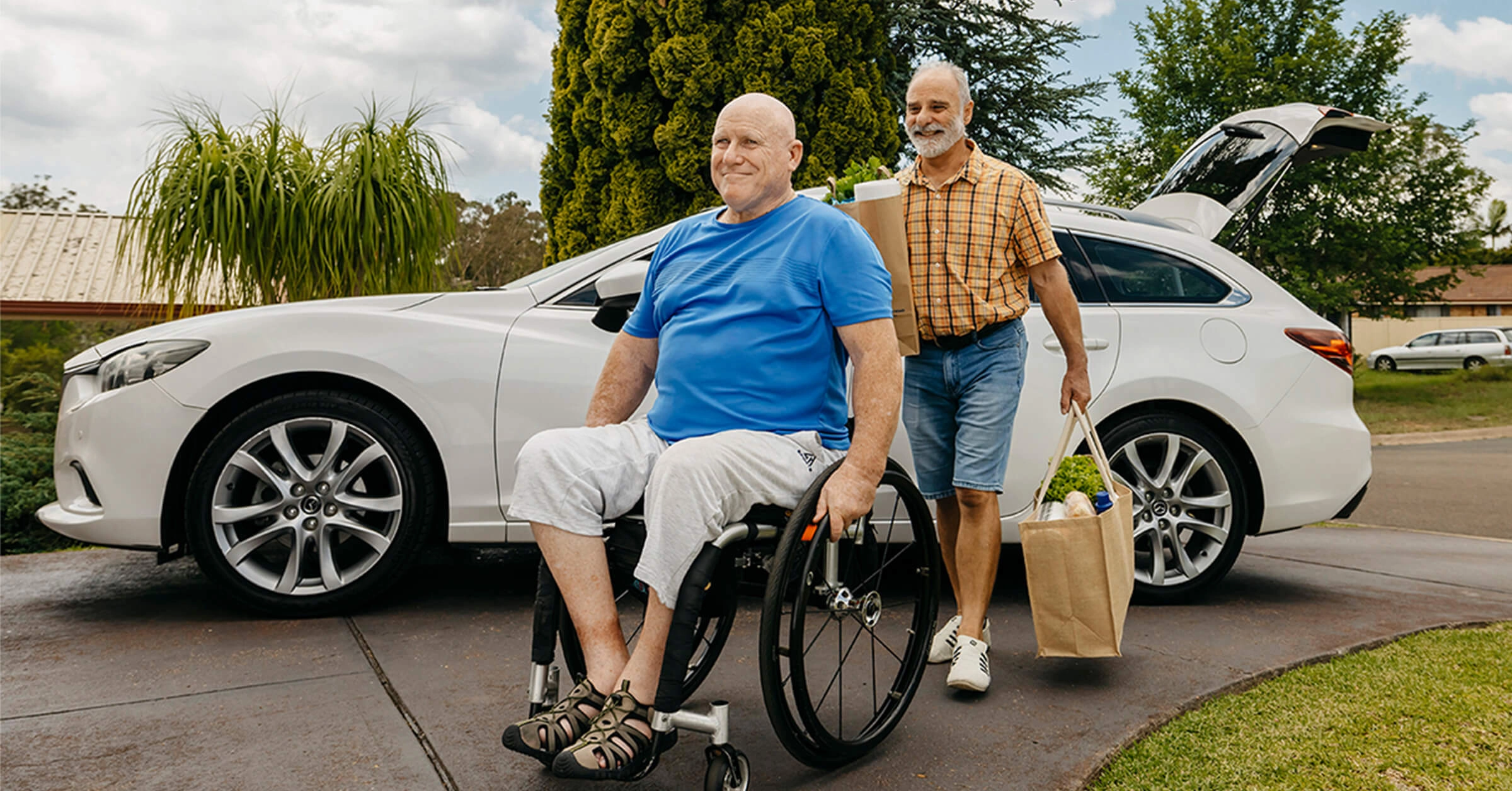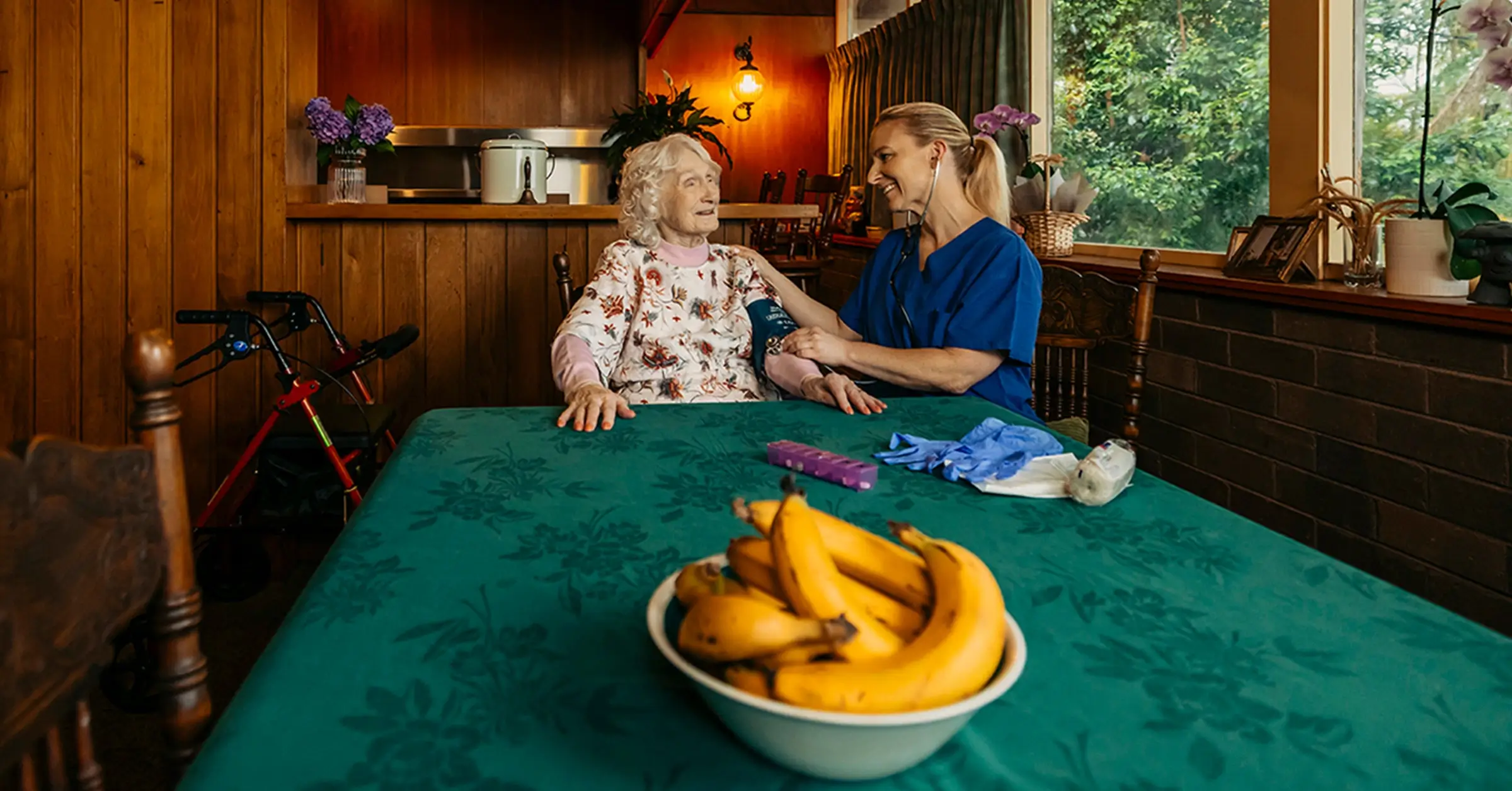1 in 6 Australians live with disability — that’s 4.4 million people. Of those, it’s possible that as many as 3.5 million Australians live with invisible disability. If you, like me, are one of them, know that you’re not alone.
“I’m sorry, I didn’t hear that. I’m hearing-impaired. What did you say?” I ask the barista making my coffee. It’s a line I find myself repeating multiple times a day.
“How’s your day?” he says again, this time facing me.
“Oh great, thanks! I’m on holiday, so all is well,” I smile as he hands me my flat white. I wish him a good day and walk away, knowing there’s one more person in the world who is now a little more aware of an invisible disability.
One more person who might question if someone is actually being rude and ignoring them, or maybe just didn’t hear because, like me, they have a hearing disability.
If you understand what I’m talking about, chances are you too live with a hidden disability or know someone who does, or advocate for someone who does. I’m referring to those disabilities not immediately obvious to others, the ones where an explanation is often required for some understanding or accommodations to be made.
It’s exhausting. But I’m starting to realise we are less alone in this world than we might sometimes feel.
Hidden disability is everywhere
According to the latest stats on disability in Australia, 1 in 6 Australians live with disability — that’s 4.4 million people. While there’s no definitive Australian data on how many people have invisible disability, advocacy bodies across the world suggest the figure could be as high as 80 percent. So potentially, 3.5 million Australians.
It makes sense when you think about it. Not everyone who lives with disability uses a wheelchair or has other obvious assistive help, such as a guide dog, although this is often the image projected by the media when talking about disability. The repercussion is that some people may have a limited picture in their mind of what disability looks like.
It’s the same image they see when abusing someone who appears ‘fine’ for parking in a disabled spot, despite the permit on their windscreen clearly showing they have the right and need to park there.
Some examples of hidden conditions and disabilities might include, but are not limited to, autism spectrum disorder, hearing and vision impairment, dementia, epilepsy, brain injury, diabetes, mental illness, arthritis, MS, renal failure and a plethora of chronic medical conditions.
Not all have official disability ‘status’ but all fit the umbrella definition of disability, in other words, a disability or medical condition that may hinder one’s full participation in society on an equal basis with others.
Hidden feelings, too
Despite the prevalence of hidden disability and the efforts by those to make these more seen — think the sunflower lanyard — those who live with one often have hidden feelings about it too.
We can worry, for instance, that we won’t get the accommodations and the support we need because our disability is hidden. This can result in avoidance behaviours where we don’t do something because we know our disability probably won’t be considered. We might even be made to feel we are not as worthy of this too, because our disability isn’t obvious to others and therefore not as ‘legit’ in their mind.
We might also feel pressure to try to ‘push through’ when we shouldn’t, aware that others can’t understand why we find something hard or exhausting. For example, the person with chronic fatigue syndrome going to the late night work event.
Then there’s the burden of constantly making people aware of our disability in order for it to be considered. We know awareness leads to understanding which leads to inclusion, but sometimes, we just don’t feel like doing this anymore. We’re tired of the onus being on us to ‘educate’ the world.
Getting support if you live with invisible disability
Just because a person with disability doesn’t happen to fall into the 20 percent who have ones that are recognisable, doesn’t delegitimize it. Nor does it diminish the support needs of the person living with it.
If this is you, then please know:
You are just as entitled to accommodations by friends, employers, colleagues and others as anyone else. You are also worthy of seeking support that will enable you to participate in life more fully and effectively, support that will help you in big and little everyday ways.
An independent support worker can assist you how you require, without having to justify your disability or support needs. Many support workers on Mable are trained in providing support for certain hidden disabilities such as dementia, epilepsy, mental health conditions and autism spectrum disorder, among many others. There are also support workers who are experienced in assisting clients with everything from transport and social support to personal care, cleaning and more. Whatever your needs are, support is available.
Most of all, please know you are not alone, not at all. This I now know personally, and some 3.5 million Aussies should too.
Lana Hallowes is a freelance writer and mum of two boys, who are growing up much faster than she’d like. She loves writing for Mable and is an advocate for inclusion, being hearing impaired herself and living in a neurodiverse household.
You might be interested in

When a support relationship just clicks: Meet Geoff and Tony
Meet Geoff and Tony, a support work duo who just click. Here they tell us why sharing common interests is so great in support relationships.

Tips for building trust with your support worker
Trust is the foundation of effective communication and positive outcomes in care relationships. Here’s how you can work to build trust with your support worker.
